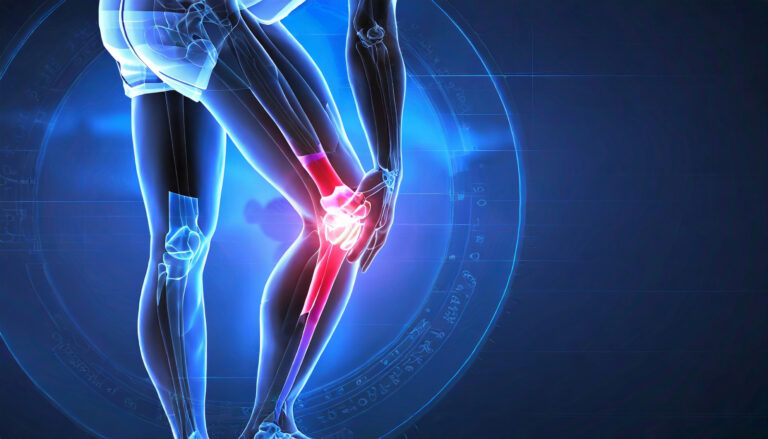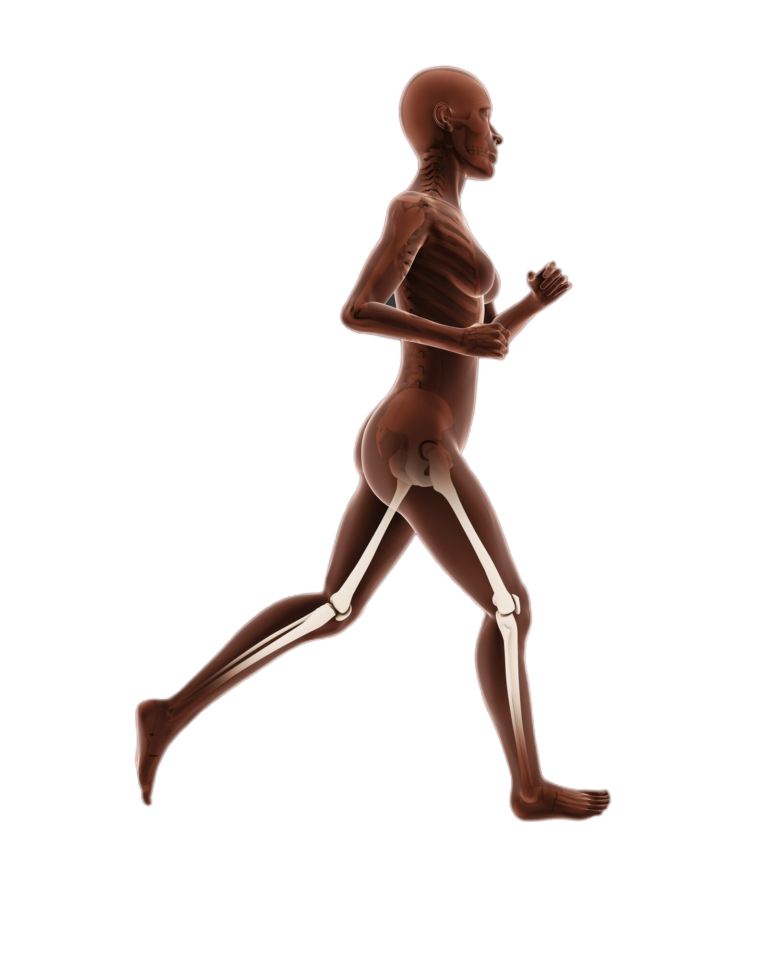With advancements in technology, effective surgical procedures, and superior implants, hip replacement surgery has become a primary solution for both older and younger patients. It is indicated for individuals suffering from severe hip joint pain due to conditions such as Avascular Necrosis (AVN), Ankylosing Spondylitis (AS), Rheumatoid Arthritis (RA), Juvenile Rheumatoid Arthritis (JRA), or other issues leading to hip joint arthritis. Despite the numerous benefits, many patients delay Total Hip Replacement (THR) surgery for various reasons, such as fear of surgical failure, believing they are too young for the surgery, presuming the recovery period is too long, fearing they will not achieve the desired outcome, concerns about limb length inequality post-surgery, and other myths surrounding this highly successful operation. While the final decision on when to undergo THR surgery rests with the patient, it is highly recommended to consult an expert surgeon and follow professional and scientific advice.
Unless a patient is at an advanced stage of hip joint disease or disorder, doctors generally start with non-surgical treatments. However, when non-operative treatments fail to relieve the pain, doctors recommend Total Hip Replacement surgery. While it is true that delaying the surgery for a few weeks or months may not cause significant problems, a prolonged delay can lead to severe damage to the muscles and bones of the hip joint.
The Right Age for Hip Replacement Surgery
An important question that often arises in patients’ minds is the right age to undergo hip replacement surgery. Younger patients, in particular, tend to delay surgery. However, with the advent of advanced surgical techniques, the use of modern uncemented hip implants, and effective hip balancing, the surgery can last for 20 to 25 years, and in some cases, even longer.
Now, let’s dispel these myths one by one and explore the problems associated with delaying hip replacement surgery:
- Deformities Around the Hip Joint: Over time, patients may develop deformities such as flexion deformity, external rotation deformity, or hip joint fusion with complex deformities (common in Ankylosing Spondylitis patients). These issues can lead to leg shortening and a significant limp while walking. Delaying hip replacement surgery in such cases may exacerbate the deformity, making the surgery more complex. Consequently, these patients might require special implants to reconstruct their hip joint, and their recovery periods may also be longer than usual.
- Mobility Issues and Stiffness: Patients with hip joint pain and related problems often experience limited mobility and physical activity, which further increases stiffness and makes movement even more difficult. A patient’s pre-operative range of motion (ROM) and joint flexibility significantly influence the range of motion they achieve after total hip replacement surgery. Therefore, delaying the replacement surgery can negatively impact the freedom of movement a patient can attain post-surgery.
- Weak Muscles and Tissues: The sedentary lifestyle of patients with hip pain leads to weakened muscles and tissues around the hip region. These muscles lose strength and elasticity, which can adversely affect recovery after hip replacement surgery. Such patients usually require longer physiotherapy sessions to restore normal muscle power and elasticity.
- Other Health Problems: Several compensatory health problems may arise from delayed hip replacement surgery. For example, patients may experience pain in their knee joint and lower back due to abnormal walking patterns and the resultant abnormal pressures on adjacent joints. Many patients develop these compensatory health issues. If total hip replacement surgery is performed in a timely manner, patients typically recover faster and these problems can be largely avoided.
Disclaimer: The information provided in this blog post is for general informational purposes only and should not be considered professional advice. Before making any health-related decisions, consult with a qualified healthcare professional. The content is not a substitute for medical advice, and individual results may vary. The author and website are not responsible for any consequences arising from the use of the information provided. Use your best judgment and seek professional advice when needed.



